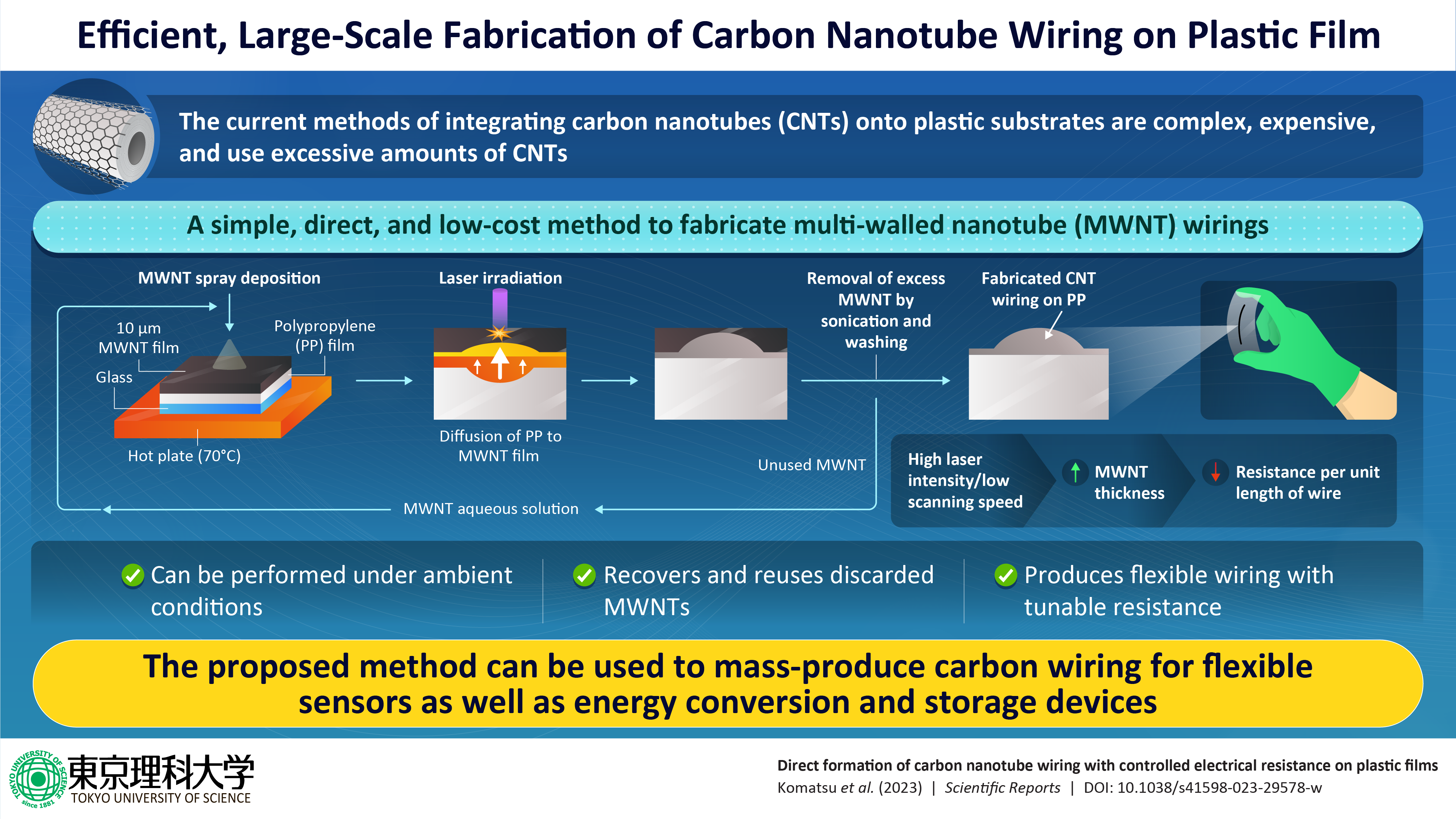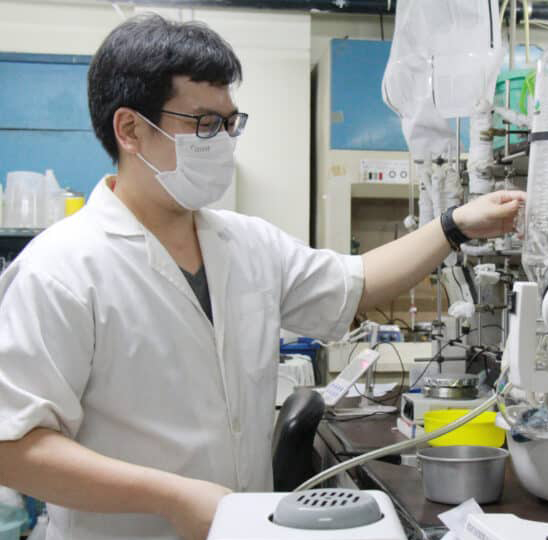The University of Europe for Applied Sciences (UE) and Borussia Dortmund have jointly launched a scholarship to support young talent in the field of education. This is part of the university
cooperation between the two institutions that has been in place since last year.
BVB full scholarship
A total of five full scholarships per semester will be offered across campuses for all bachelor’s or master’s degree programmes at UE (excluding MBAs, orientation semesters and dual degree programs). In additionto paying the tuition fees, the scholarship holders are assigned a mentor from BVB as a permanent contact person for the duration of their studies, who takes
care of the scholarship holders’ specific professional needs.
Scholarship holders take a look behind the scenes at the professional club
In addition to the BVB Mentoring Program, all scholarship holders have the opportunity to obtain an internship within the BVB Group. There will also be a biannual meeting at the stadium with all
scholarship holders.
Professor Dr Maurits van Rooijen, President of the University of Europe for Applied Sciences, who is very pleased with the new scholarship programme, shared: “Together with BVB, we at UE would like to contribute to more educational equality, because a high-quality education at a private university should not exclude top students on the basis of their background or financial possibilities. That is why we have been offering various scholarships for some time now. The BVB scholarship, with its exclusive proximity to one of the most world-renowned professional clubs, is special for us.”
BVB and UE expand their social commitment to education
BVB, which is committed to numerous social projects, is expanding its social commitment to education and higher education with the BVB scholarship.
“Through the scholarship, we come into direct contact with high-performing and highly motivated young professionals who get to know our company right from the start. For us, too, in addition to educational equity, the aim is to retain talent. The scholarship enables us to support young people who, without financial assistance, might have fewer chances of gaining access to a private university,” explains Carsten Cramer, Managing Director at Borussia Dortmund, the importance of the scholarship programme with the University of Europe for
Applied Sciences.
Admission requirements and application deadline
The application deadline for the BVB scholarship is 31 July for the winter semester. Anyone who successfully enrols in a bachelor’s or master’s degree programme at UE can apply. More information about the application can be found here: BVB Scholarship Information | Application | UE Germany (ue-germany.com).
The university cooperation between UE and BVB has been in place since July 2022 and enables UE students to gain insights into BVB’S work, meet well-known BVB personalities and gain experience at one of the world’s most renowned professional clubs.
The new BVB scholarship now takes the collaboration between the two institutions to a new level.







